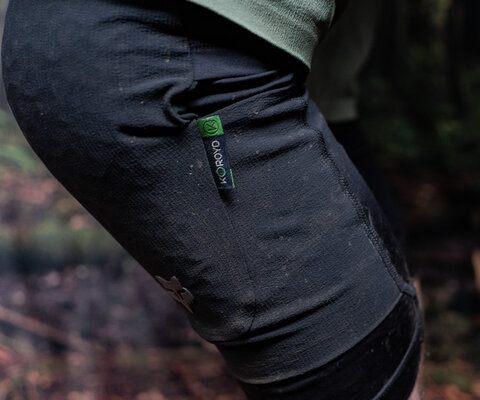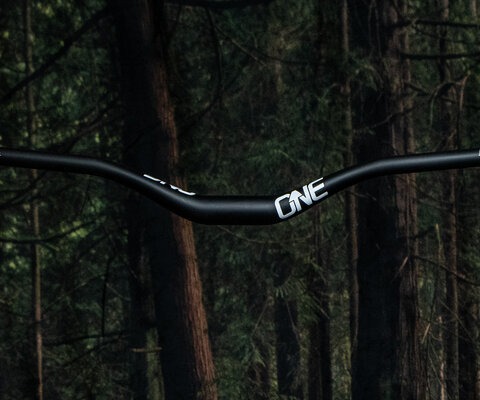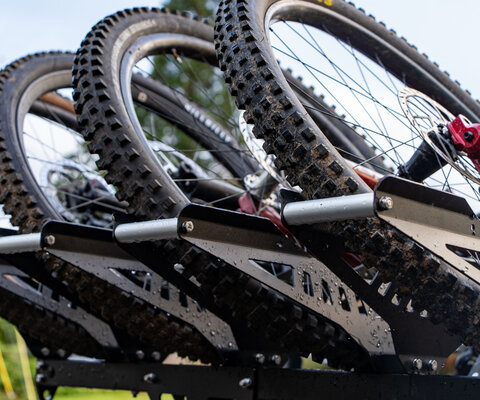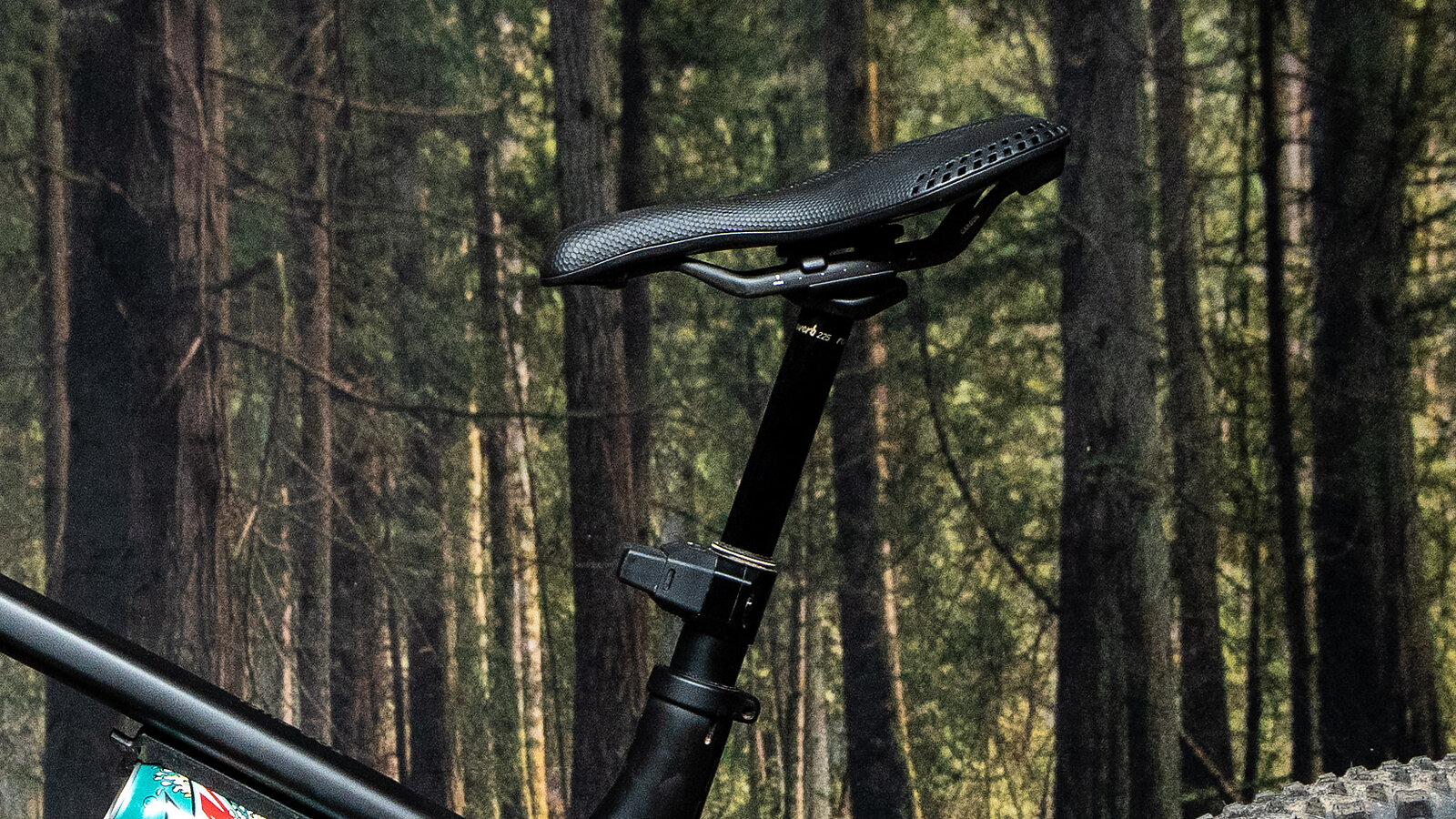
RockShox Reverb AXS Component Review
Words and Photos by Cy Whitling
More drop, less money, no cables.
Last week SRAM released its new, wired Transmission and Motive brakes, effectively adding a shift cable back onto our cockpits. Now, just a week later, RockShox is back to re-eliminate the dropper cable.
This new Reverb AXS dropper post is less an overhaul, and more a complete reimagining of the Reverb of old. It’s got a new air spring system, new (old) clamp design, new battery placement, and most importantly, a whole bunch more drop — up to 250 millimeters. So how does it measure up to its predecessor, and the rest of the market?
SRAM Reverb AXS Overview
- Travel Range: 100-250 mm in 25 mm increments (not user shimmable)
- Measured Weight: (225 mm drop): 733 g (with battery, no remote)
- Collar to Rails: (225 mm version): 245 mm
- MSRP: $549 (dropper, no remote)
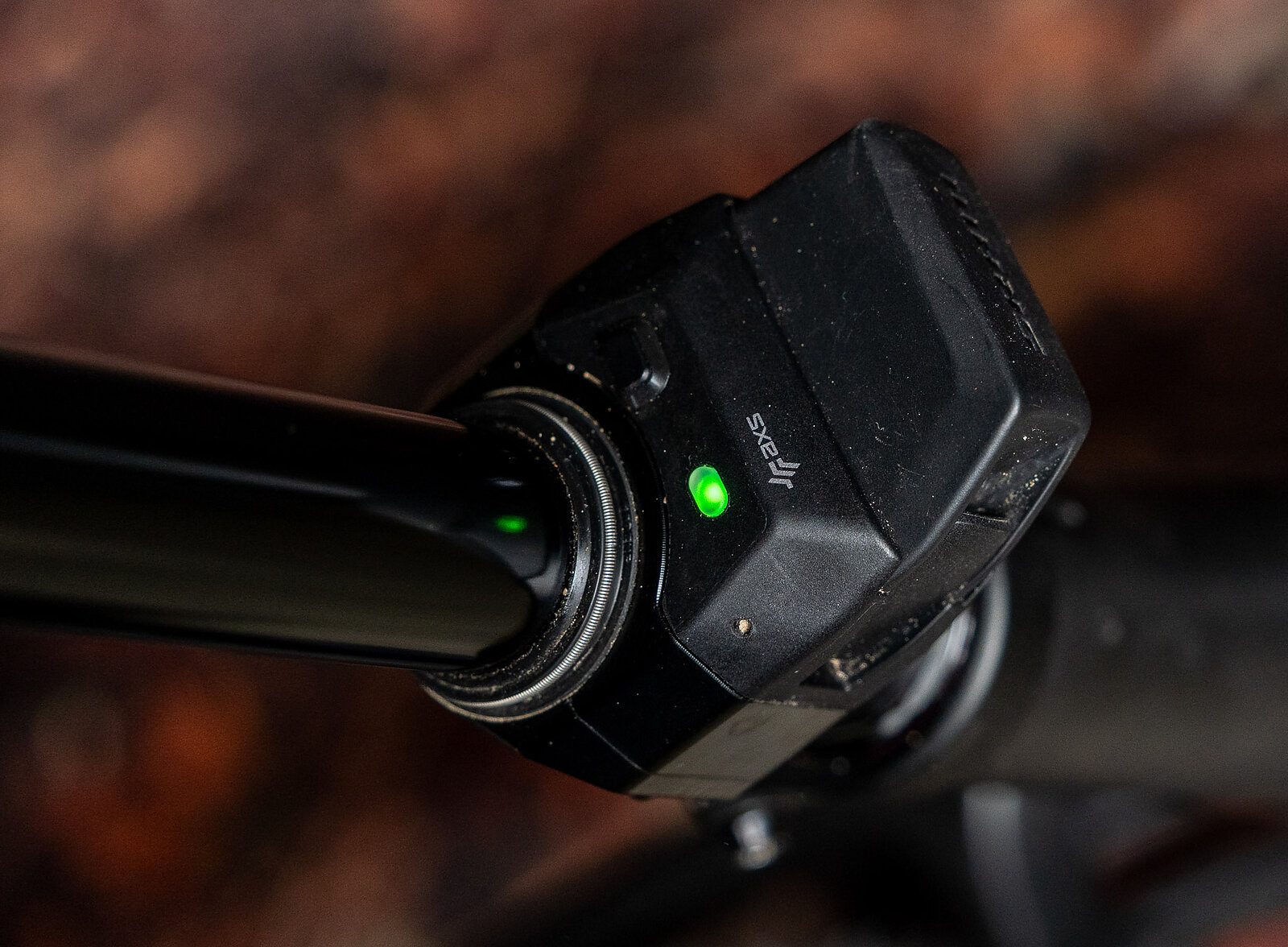
Same Same, but Different?
The original wireless Reverb is over five years old, and had a couple of design features that frustrated riders on both the taller and shorter ends of the spectrum, so it should come as no surprise that it’s back with a bunch of changes for 2025. The most visible change is the battery location, it’s now mounted horizontally on the seapost collar, not vertically behind the saddle. No more buzzing your expensive battery on your rear tire for shorter riders on bikes with tighter suspension tolerances. Along with that, the Reverb AXS goes back to a simple two-bolt clamp, as opposed to the nifty pivoting one-bolt system of the previous version.
Just like the old Reverb, the new version plugs seamlessly into the AXS ecosystem. You can adjust your controls, check on your batteries with the app, and generally reap the benefits of a centralized system. You cannot, however, control the new Reverb with wireless blip buttons, and it doesn’t talk to Flight Attendant suspension controls.
Finally, and maybe most importantly, it uses a new spring system to drive its motion. Rockshox calls this “Air over Air” and it uses a positive and negative chamber that allow the post to have some compliance when it’s stopped partway through its travel, instead of at full topout.
All of these changes make for a significantly different value proposition than the old Reverb, and that’s only aided by the fact that the new Reverb AXS retails for $549 vs. the $800 the old one demanded.
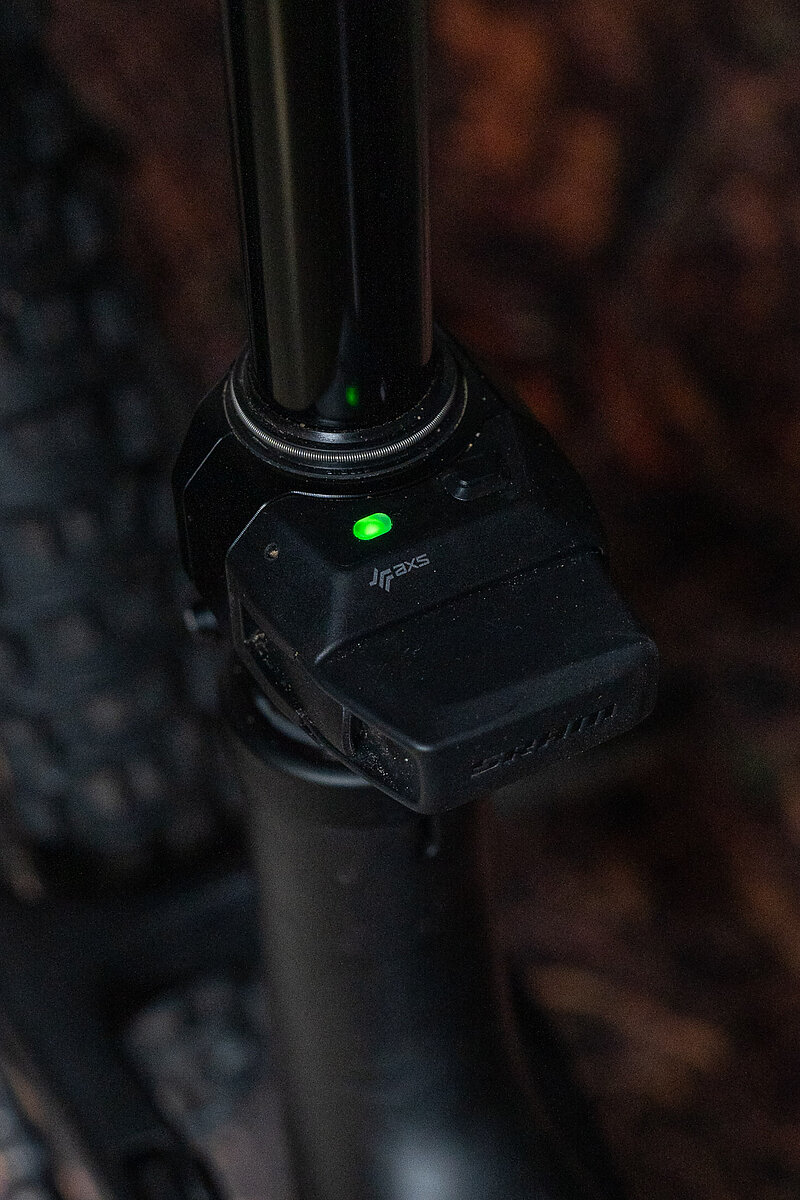
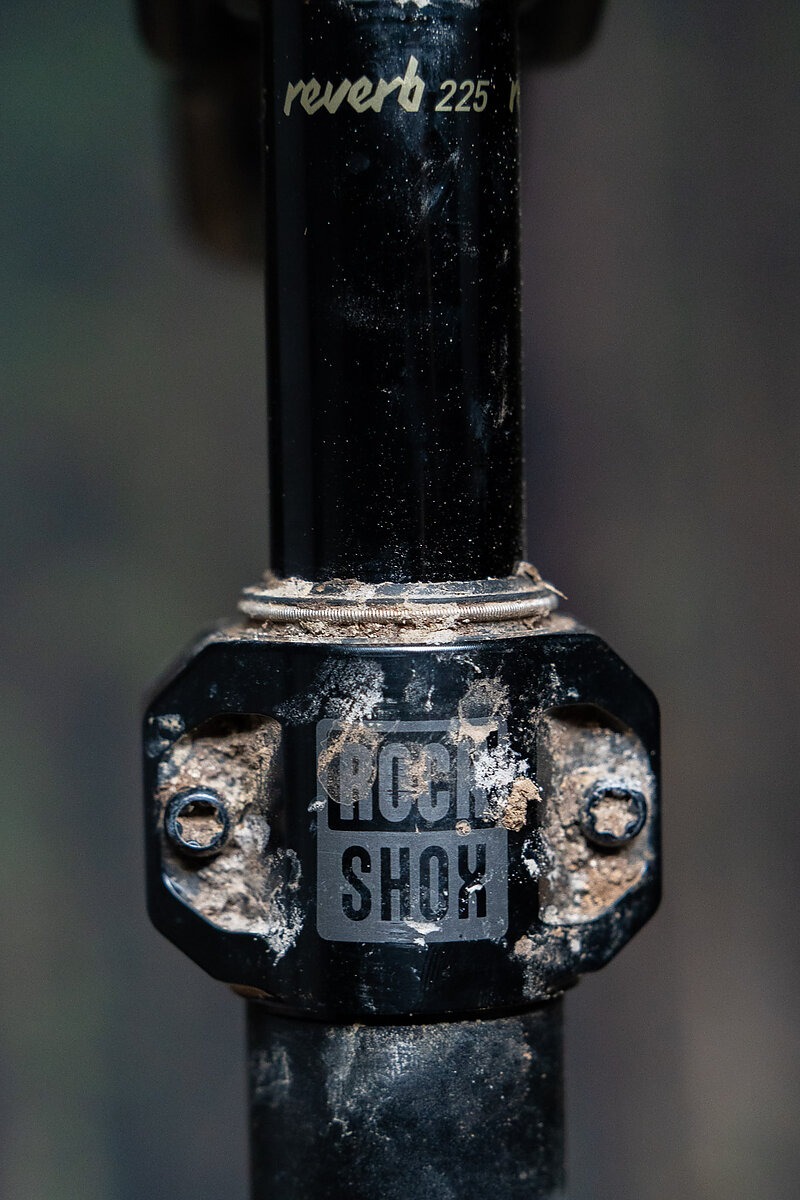
Reverb AXS Options
The new Reverb AXS is available in 30.9, 31.6, and 34.9 millimeter diameters. Notably, the 34.9 millimeter version uses different internals, and runs a lower air pressure than the smaller diameter options. I’ve opined before on the opportunity girthier dropper posts afford manufacturers to make more robust droppers, especially at longer lengths, and it’s great to see SRAM lean into this.
The Reverb’s clamps are compatible with round (7x7 millimeter) and oval (7x9 and 7x10 millimeter) saddle rails out of the box, and while the new clamping system isn’t quite as snazzy as the old microadjustable version, it’s still easy to use.
While the longest previous dropper posts topped out at 240 millimeters and the old Reverb only went to 170 millimeters of drop, the new Reverb bumps that up to 250 mm. Is that centimeter of one-upsmanship a little petty? Maybe, but I’m here for it. At 6’2” with a 34” inseam, I’m fully a 240 millimeter dropper convert, and it’s great to see the Overton Window stretch even further. I’ve only ridden the 225 millimeter version so far, but I dream of a garage full of bikes equipped with 250 millimeter posts.
That drop is punctuated in 25 millimeter increments from 100 to 250 millimeters. However, post travel is not user-adjustable, so make sure to take your measurements and do your math to pick the post that will work best for you.
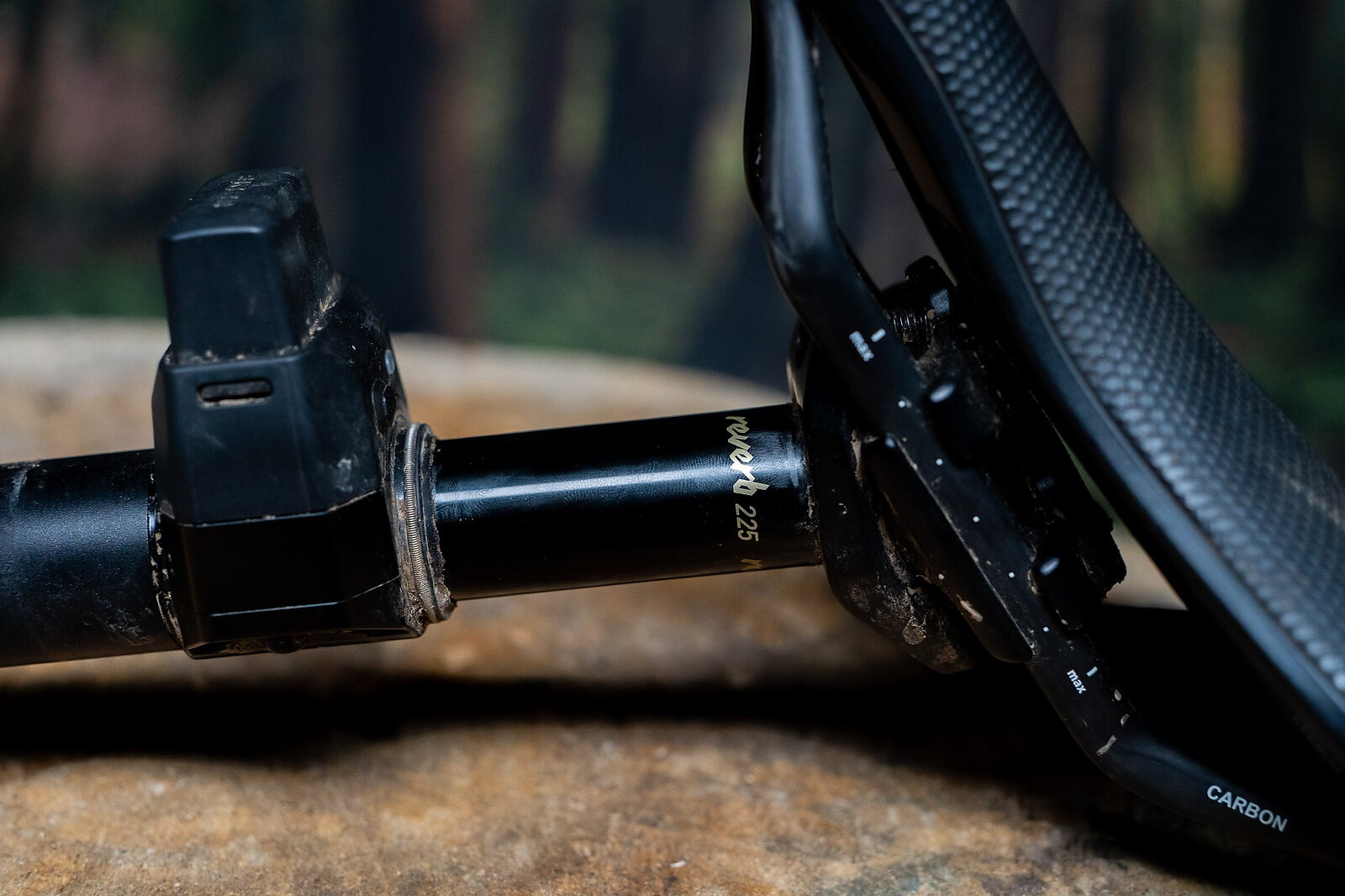
Reverb Sizing and Air Spring
Rockshox isn’t looking to create the most “slammable” post on the market, but the new Reverb’s insertion depth and collar-to-rail dimensions are respectable. My 225 millimeter post measures 310 millimeters from the bottom of the collar to the bottom of the post, and about 245 millimeters from the top of the collar to the center of the rails. It’s hard to compare apples to apples here because there aren’t any other wireless droppers on the market right now that go past 200 millimeters of drop. If you’re looking to put the most possible drop in your frame and you don’t have space to play with, OneUp’s V3 Dropper is probably still your best bet. Looking at my personal bikes, I should be able to fit a 250 millimeter Reverb AXS in all of them.
The new Reverb uses an air spring system that shouldn’t need to be “reset” like the old one, and offers a firm lockout at full extension combined with some compliance when the post is stopped before full extension. Users of RockShox’s gravel posts will be familiar with this feature. RockShox says that this system should be very reliable, and that there are no issues with lifting the bike by the saddle.
On the Trail
Wireless dropper posts are so fun to install. Bolt on the remote, tighten the seat tube clamp, party on. Beyond that, my time on the Reverb so far has been boring. Push the button, the post does the thing, ride your dang bike. Out of the box the Reverb has a nice quick return speed and audible top-out. You can adjust the return speed (and the pressure it takes to drop the post) but you’ll need a high-pressure shock pump that can handle up to 600 PSI, unless you have the 34.9 millimeter version which only requires 335 PSI.
I’ve used the half mast “ActiveRide” system a few times, mostly on technical climbs. It offers a noticeable amount of compliance, but nowhere near as much sag as an old generation non-AXS Reverb that needed a service. I really appreciate this feature on gravel bikes, where it makes a big difference when laying down the power on washboarded roads, and e-bikers will likely notice it more as well. At full top out though, the Reverb has remained rock solid, and I’ll update this review if that changes. If your remote battery dies, but you still have juice left in your post, you can use the AXS button on the collar to adjust the post. One click opens the mechanism, and two puts it into “Service Mode” which leaves the mechanism open until you hit the button again.
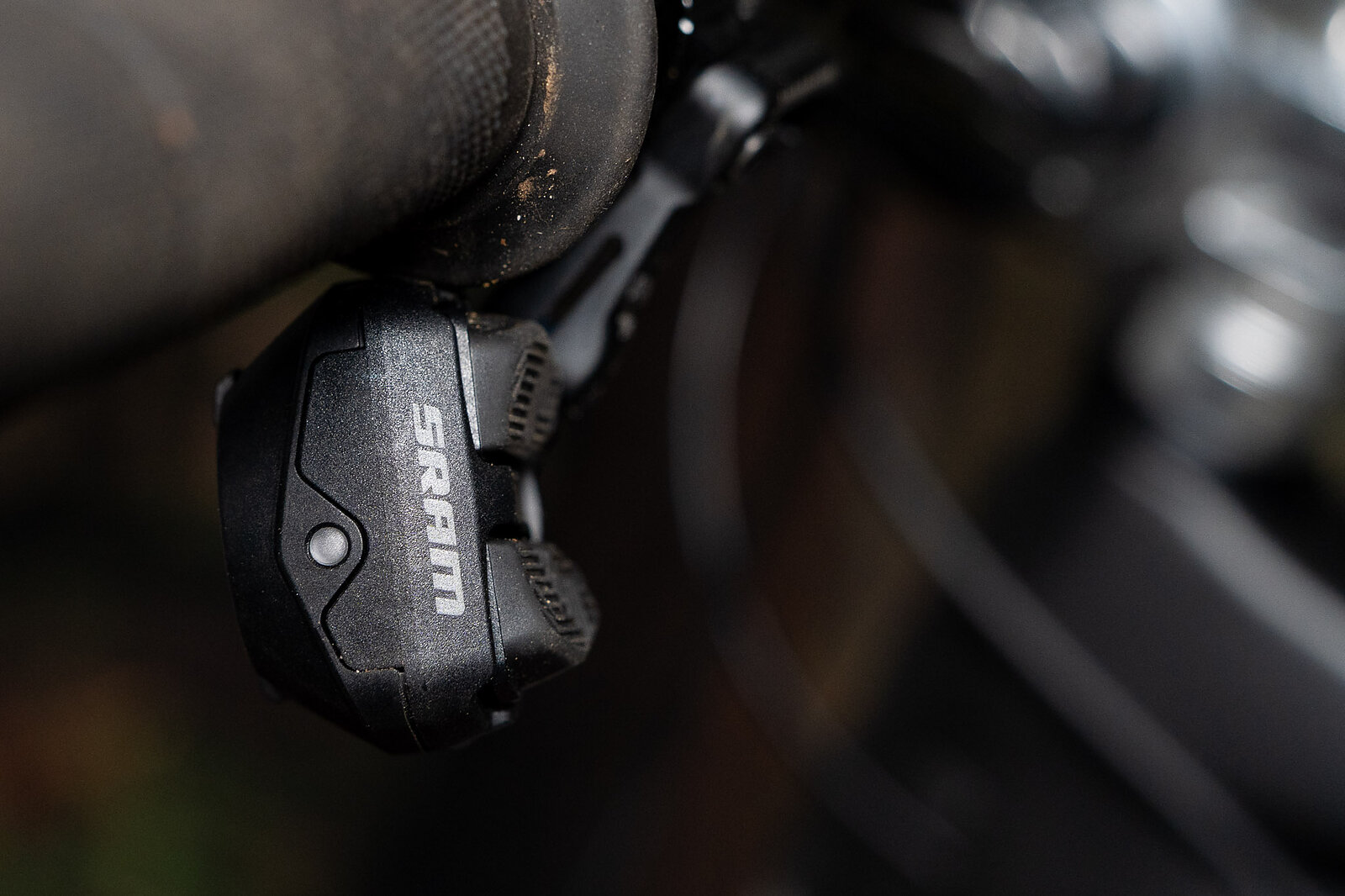
Reliability, Serviceability, and Price
So far the Reverb AXS has completely disappeared on the bike. It does its thing, I do mine, the world spins on. But I’ve only spent a little over a month on it thus far. So I’ll do my best to put as many hard miles on this post in the next year as possible, and will update if anything changes.
RockShox says that the new Reverb is very robust, and only requires a clean and re-lube once every year (300 hours of riding) and a full overhaul every two years (600 hours). Both procedures look fairly straightforward, but they aren’t quite as foolproof as the OneUp V2 rebuild, which, in my experience, can be carried out in a rainy parking lot in 15 minutes while your friends wait in their cars for the weather to get better.
The big conversation with wireless anything is always going to be price. And, while I’m not here to tell you this is the Reverb of the proletariat, it does cost $250 less than the old version. RockShox says they’re trying to open the GX market up for wireless droppers, and that price point helps, although you’ll need to add $100 for a shifter if you don’t already have one. For reference, Fox’s Transfer Neo retails for $859, the KS Lev Circuit costs $699, and the TransX EDP01 costs $500. Additionally, all of those other options top out at 200 millimeters of drop.
The value proposition for the Reverb is going to be quite personal. Want to bounce the same posts between two bikes? You’re potentially saving money vs. going with two mechanical droppers. Want to jam a lot of drop into a small bike with short legs? The Reverb might not be the post for you. But, this new pricepoint does open up a new market for wireless droppers, and maybe more importantly, opens up a few new spec levels for complete bikes. It will be interesting to see how brands take advantage of this.
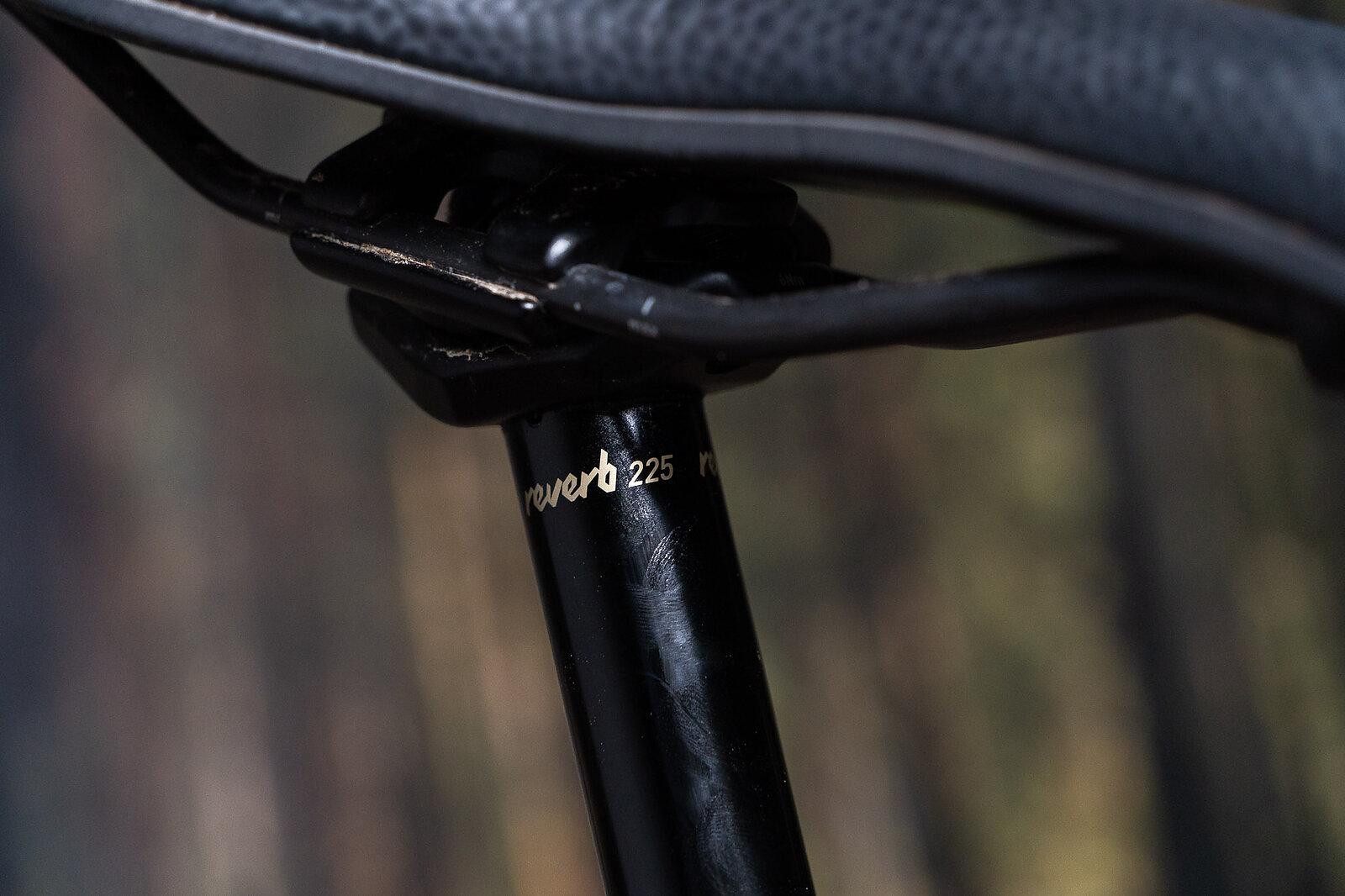
For Now
The new Reverb AXS is “better” than the old version in a multitude of ways. Who doesn’t want more drop for less money? And so far, it performs quite well. But, the factor that makes it most compelling is that it plugs seamlessly into the biggest and most popular wireless ecosystem in mountain biking. You’re far more likely to find a spare AXS battery available when you need one than any other brand’s option. Combine that with a reasonable price, and lots of drop and you’ve got a promising product.
Learn More: SRAM
